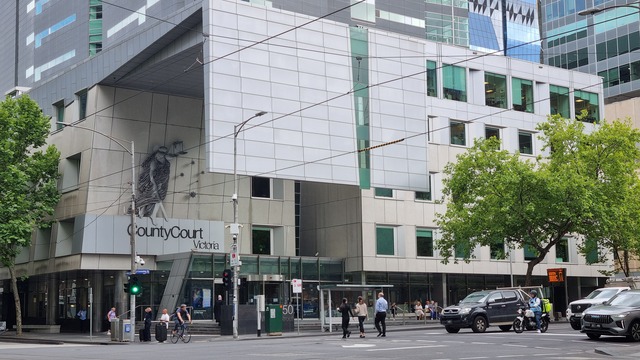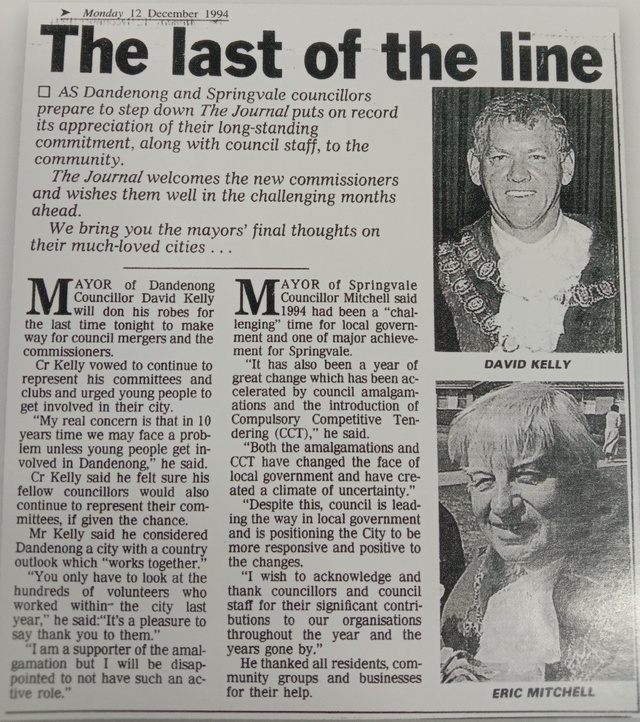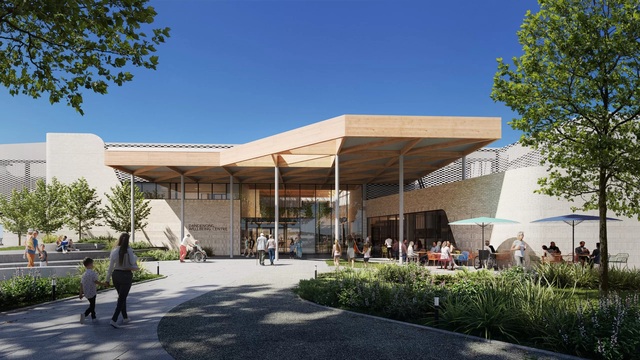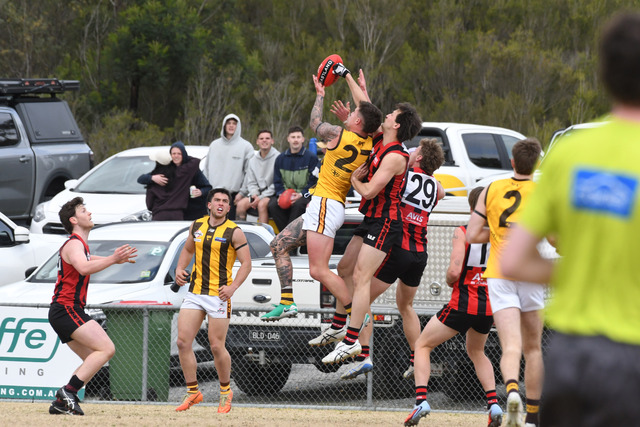By Shaun Inguanzo
EMBRACING the idea of a global economy has helped leading tow bar and roof rack manufacturer TriMas Corporation to succeed locally.
And TriMas Corporation’s focus on keeping its research and design in Dandenong serves as an example of how blue is becoming the new white.
Blue collar work, or manual labour, has evolved at TriMas through massive leaps in technology.
So it is no surprise that TriMas was this week inducted into the Victorian Manufacturing Hall of Fame, where it will now function as a role model for other manufacturers.
TriMas manufactures Hayman Reese brand towbars and other products in the brand’s automotive range, and also ROLA brand roof racks. With its high-tech computer systems, TriMas Corporation no longer has to build early prototypes.
Managing director Robert Saunders said computers had taken over that role.
“I think it is beholden on governments and ourselves to spend promotional dollars in showing schools, parents and everybody the enormous opportunities in manufacturing,” he said.
“We now employ about 20 young engineers, all qualified out of university, and they are using software that can predict failure of a towbar or roofrack.
“We don’t even have to make it first because the computer can do the analysis.”
Mr Saunders said the company had the long-term goal of becoming a truly global supplier – and that Dandenong would function as the key point of research and design in that vision.
“We will be using Dandenong as a base for that global operation and have plans to set up a plant in Thailand to sell into the market there,” he said. “Thailand is also a wonderful stepping point into Europe and US markets.
“It is also the number two in the world for making pick-up trucks.”
The company currently exports to South Africa, the Middle East, New Zealand, South East Asia and Europe.
A significant amount of the progress has been driven from shop floor employees, Mr Saunders said, with TriMas Corporation taking part in Toyota’s Kaizen improvement program, a Japanese philosophy that helps workplaces create a culture of continuous improvement.
In 2006 it was the inaugural winner of the Toyota Kaizen Blitz Marathon for reducing waste levels.
“The changes generally happen in a short order of time,” Mr Saunders said. “And from the perspective of management it empowers people doing the job to make a change. Kaizen change is driven by shop floor or office employees.”
Like most manufacturers – and particularly automotive ones – TriMas is feeling the pinch of China’s ability to attract Australian businesses in search of cheap manufacturing deals.
“One thing manufacturers need acknowledge is that we need to value add, and to create opportunities for more quality,” Mr Saunders said. “We can not compete with cheap labour out of China, but we are far superior when it comes to design and value adding.”
Mr Saunders said education was the key to ensuring Australians were keen on working in manufacturing, to keep as many jobs as possible within Australian shores.
He said the threat of offshore labour had opened a door to educating more workers to ensure the Australian brand was renowned for its quality design and research.
“It is creating opportunities for more education and skill among what we have traditionally known as blue collar workers,” Mr Saunders said.
“It is putting pressure on Australia as an economy to better educate all of our employees. For example, we’ve got guys now running very expensive computer controlled manufacturing equipment they wouldn’t have encountered 10 or 15 years ago.”
Blue is the new white
Digital Editions
-
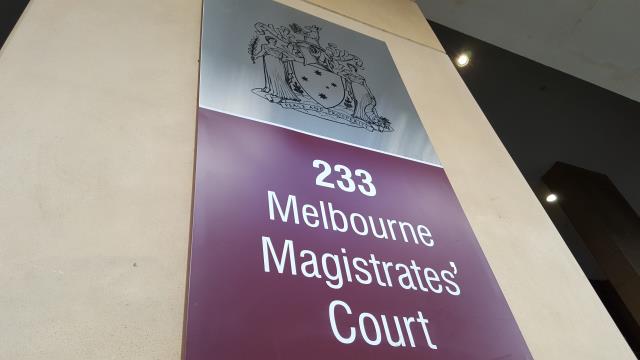
Woman admits throwing baby outside in plastic bag
Purchase this photo from Pic Store: 171634 A woman who bagged and threw a newborn baby out a window has pleaded guilty to the shocking…

